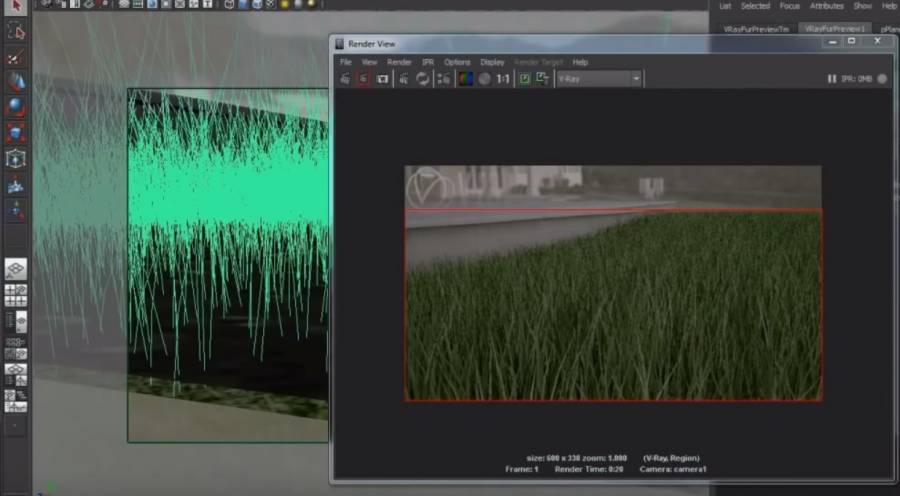

This Color Correction node is not a default node but can be created from Create – V-Ray – Create from V-Ray plugin – Texture. In this setup I tried to make the gold look more like the old shader. The color correction is for purely artistic reasons to tweak the shader to your own liking. This is how the node tree looks like for the gold shader:

So I tried a few different other Pages and chose the values from the Babar and Weaver 2015 instead.Īnd this is how the OSL texture looks in Maya:Īll of this is better explained here: so I encourage you to read that as well. However, I found the values for the gold there made it look to reddish, almost like copper. There is actually a shelf called ”selected data for 3D artists” and that’s a good place to start. The way I use this is that I start by browsing to the right material on and simply type in the right values for n and k based on the wavelength (0.650, 0.510, 0.475 for R, G and B). The OSL texture is called Complex Fresnel and you can read more about it here: . The other big difference is that I use an OSL texture for the reflection instead of using Remap Value nodes. I’ve used the same approach as with the plastic shader to not blend multiple materials but to rely on a single material with GGX as BRDF. Here is a comparision between the old shader (to the left) and the new (right):Īnd now on to the gold shader. For this plastic shader I didn’t need any falloff node since I could get the desired result with a simple V-Ray material with GGX as BRDF. I’ve only tried it briefly but I was a little bit disappointed by the lack of bezier handles. V-Ray 3.3 introduces a Falloff node in Maya with a lot of the same features as in 3ds Max. I’ve also used the RemapValue node as an equivalent to the Falloff node in 3ds Max which is not ideal since it is pretty clumsy. It requiered three different V-Ray materials (with different values for Reflection Glossiness) to be blended together. This is how the node tree looked like with the old setup: So please comment or contact me and let me know what you think!

If this is something that people will find interesting I might continue and cover other Mastering V-Ray lessons in Maya. Basically what I do is recreate the shaders from Mastering V-Ray: Lesson 02 – Materials 101, but with an updated approach.
Vray in maya 2016 tutorial how to#
This post will cover how to create a plastic and a gold shader. And with new features like GGX and OSL it’s both faster and simpler to do now!
Vray in maya 2016 tutorial update#
So I thought it was time to update this and show how I would create these shaders today. A lot of people still contacts me about these techniques and I’ve been feeling more and more bad about how outdated they are. My goal was to translate some of the techniques Grant Warwick uses in the course Mastering V-Ray in 3ds Max to Maya. Timothy shows how you can use the V-Ray Frame Buffer as a tool to streamline your color in multiple applications and even departments.A while ago I wrote a blog post called ”Creating Mastering Vray style shaders in Maya”. Here, MaxDepth (Timothy Hansen) posts a discussion on open color IO and LUT color profiles. What if you are using a third party renderer though? Not to worry, as VFX Supervisor Timothy Hansen has you covered. With recent releases, Maya has adopted a unified color management system that expands from textures right down to the render view. Making sure that you see what the final result of the image will look like at time of compositing or output, used to be a difficult thing in Maya a few versions back. It becomes even more important when you are required to follow some color guidelines or use color management within a pipeline environment. How to use the Vray Frame Buffer to streamline your color management across multiple applications and departments.Ĭolor is an important thing when you are rendering. Open Color (OCIO) is an open source color management system for film production, visual effects and computer animation.


 0 kommentar(er)
0 kommentar(er)
